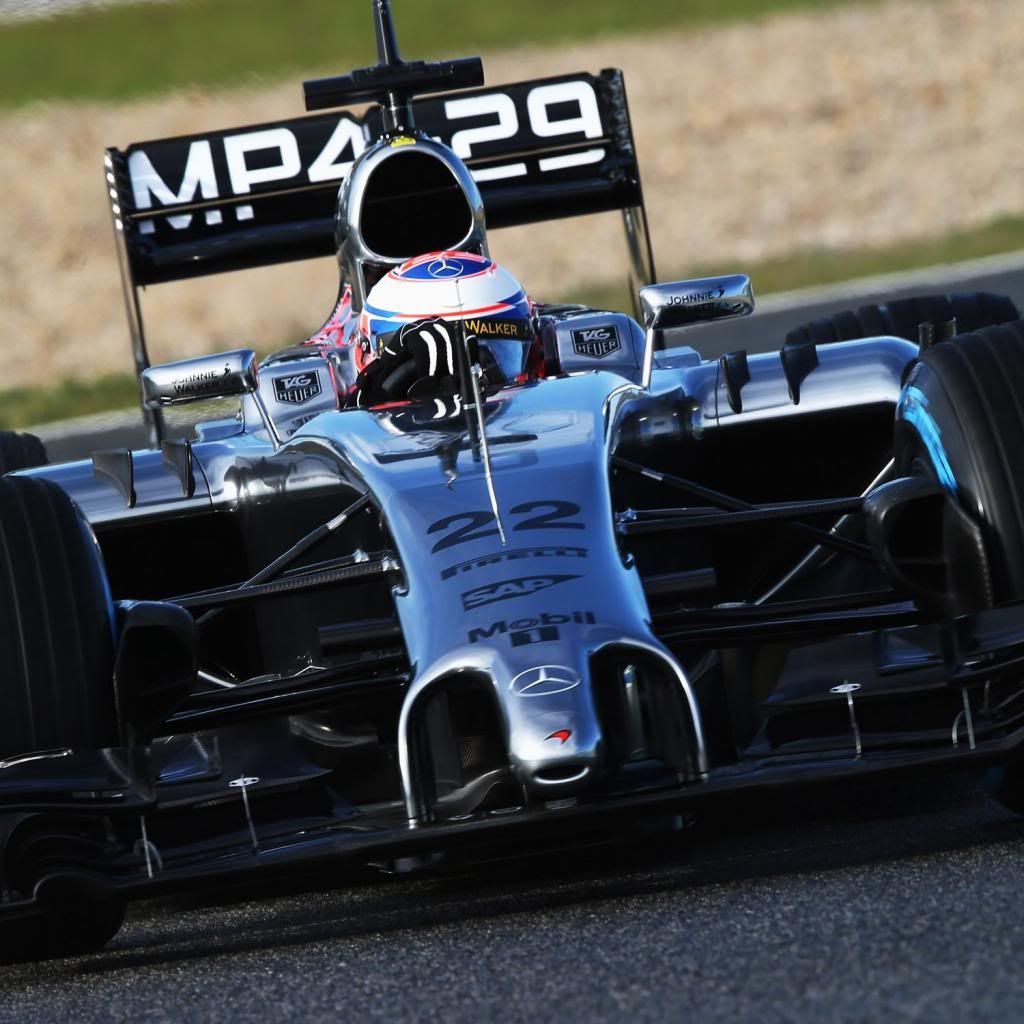Juzh wrote:Pole lap:
http://www.youtube.com/watch?v=nrPhV5pRDK0
He clearly missed apexes on numerous corners and that is not the fastest way around the track no matter how you spin it. He is fast, no doubt about it, but why do people praise this lap as some kind of miracle is beyond me. If you want to see real fast lap around hungaroring you should check 2010 pole, much more impressive than this.
People think it's a great lap because it just is. Unless the vast majority of us duped ourselves into thinking the red bull was the stronger car going into quali this weekend. Race car drivers aren't computerized robots...for them everything hinges on feel....and that imposes limitations on how much time one can spend on the absolute limit of static friction..and on the rare occasion, the fringes of kinetic friction. A computer can better approach this limit due to its sheer processing power but even then ABS systems, which have been in existence for decades, criss cross this fine line as frequently as possible to achieve some semblance of riding the limit because riding the limit is practically impossible. So the idea that a driver stays on the absolute limit(combined max of linear, rotational and angular accelerations....all these being a dissection of available traction) for a considerable amount of time let alone for the whole delta time it takes to position the car for the apex, mug it and exit is a myth. Sometimes one clips the apex at the expense of acceleration or vice versa. Some tracks by the nature of their turns reward speed over line precision. Hungary is just one such track as many of the turns on this track have little fluidity to them, coupled with attitude changes, and as such being overly concerned with hitting apexs very often can be slower considering the limitations of our mental reserves and motor skills(if you don't believe me, watch Senna's the pole laps..many weren't spatially perfect but rather, he concerned himself with his strength..which was criss crossing the limits of adhesion more so than his competitors could and so people often got the feeling he would crash any moment). On a track like monaco where precision is more important, you see people very often hit the apexes and they are rewarded because if you find yourself not well position for the next turn, you have to send the car into a combination of accelerations that is impossible to achieve. Ever wondered why some tracks don't bring much differences in laps times even when the drivers are obviously using different lines? yet those same drivers stick to a rigid line on another track?
So it's all about how one uses space and time. If a guy misses the apex by 2 inches, it's not necessarily over because because we don't know how high a speed others maintain through that spot.
And I might hypothesize the following. Ever wondered why jenson button and hamilton both said they want similar things in a car yet they drive so differently? Mr Button, whether due to his natural ability or through training, is more acutely aware of car position so in trying to arrive at just the perfect point and direction he desires, any car behaviour that isn't predictable or linear throws him off. So then we hear such things as too much understeer..oversteer..little grip. He is not making excuses. What he is trying to do on the track simply requires very predictable car behaviour. When this is bang on then he becomes unbeatable because his lap time doesn't come from zigzagging across the limit, a trait that has the inherent disadvantage of consuming tire life. Subsequently, he is able to maintain fast laps for longer periods. On the other hand, hamilton has a bias for higher speed through a corner which consequently means many more moments over the limit...so then you see things like momentary opposite lock and slides. Brazil of 2012 is a good example. Before we consider what happened one must take into account that the ratio of static friction to kinetic friction varies with track and tire conditions. This is easily intuitive in the sense that a slide in the dry is easily arrested whereas one in the wet has a higher potential for doom...Back to brazil .The track gets some drizzle and he starts twitching all over the place because ability to cool it down a tad bit in order to stay on the desired course is one he doesn't have. And so button was quicker in that phase because
the ratio of static to kinetic friction available was much higher(combination of wet track and wrong tires) so every slide is amplified and he suffers. You throw in the new intermediates or wets and then usual balance between kinetic and static friction is once again a reality and then hamilton is fast again.
So apexes aren't everything and speed isn't either...It's the sum of both that matter. For humans, maximizing one ends up hurting the other


